Home>Gardening & Outdoor>Landscaping Ideas>What Does Sea Grass Look Like
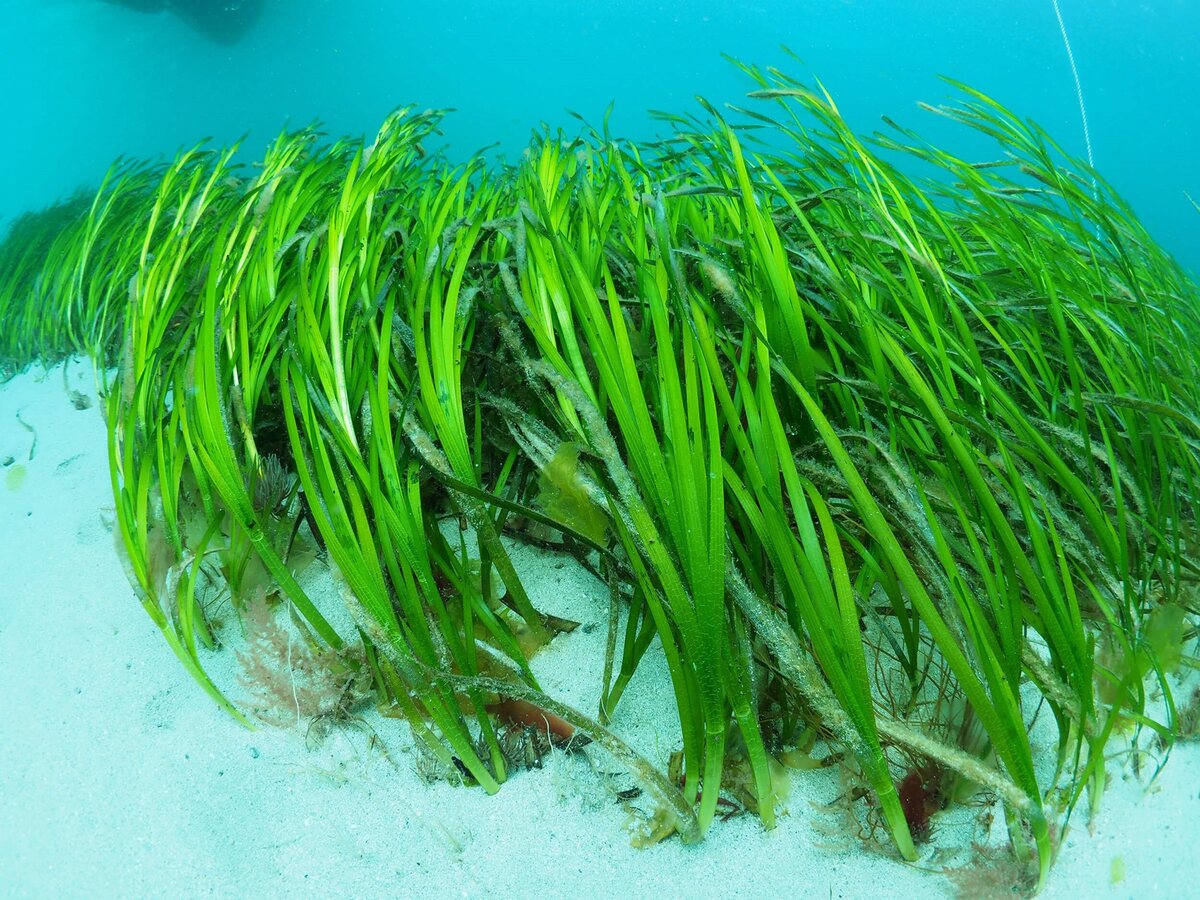

Landscaping Ideas
What Does Sea Grass Look Like
Modified: February 18, 2024
Discover what sea grass looks like and how it can enhance your landscaping ideas. Explore the beauty and benefits of sea grass for your outdoor space.
(Many of the links in this article redirect to a specific reviewed product. Your purchase of these products through affiliate links helps to generate commission for Storables.com, at no extra cost. Learn more)
Introduction
Sea grass, often mistaken for seaweed, is a vital component of coastal ecosystems around the world. Unlike seaweed, which is a type of algae, sea grass is a flowering plant that has adapted to live in marine environments. Its unique characteristics and ecological significance make it a fascinating subject for study and appreciation.
Sea grass meadows are found in shallow coastal waters, where they play a crucial role in maintaining the health of marine ecosystems. These underwater meadows provide habitat and food for a diverse array of marine life, including fish, crustaceans, and mollusks. Additionally, sea grass beds serve as nurseries for many commercially important fish species, making them essential for the sustainability of fisheries.
The appearance of sea grass varies depending on the species, but it generally features long, ribbon-like leaves that sway with the motion of the ocean currents. The vibrant green color of sea grass adds a touch of natural beauty to the underwater landscape, creating a serene and picturesque environment for marine organisms and human observers alike.
In this article, we will delve into the characteristics of sea grass, explore the different types of sea grass found in various regions, and highlight the crucial role that sea grass plays in marine ecosystems. Furthermore, we will discuss the threats facing sea grass meadows and the conservation efforts aimed at protecting these invaluable habitats. Join us on a journey beneath the waves as we uncover the wonders of sea grass and gain a deeper understanding of its significance in the marine world.
Key Takeaways:
- Sea grass is a vital part of coastal ecosystems, providing homes and food for marine life. Its unique features help maintain water quality and support biodiversity, making it essential for a healthy ocean environment.
- Sea grass faces threats from pollution, climate change, and human activities. Protecting sea grass habitats through conservation efforts and community involvement is crucial for preserving the health and diversity of coastal ecosystems.
Read more: What Does Sea Glass Look Like
Characteristics of Sea Grass
Sea grass possesses a unique set of characteristics that distinguish it from other marine vegetation and contribute to its vital role in coastal ecosystems. Understanding these traits is essential for appreciating the significance of sea grass and its impact on marine life.
1. Leaf Structure: Sea grass leaves are long and ribbon-like, with a blade-like shape that varies in width and length depending on the species. These leaves are adapted to withstand the constant movement of the ocean currents, allowing them to sway gracefully underwater while providing essential shelter and food for marine organisms.
2. Root System: Unlike terrestrial plants, sea grass has a specialized root system designed to anchor it in the sandy or muddy substrate of coastal waters. The roots of sea grass form dense networks that stabilize the sediment, preventing erosion and maintaining water clarity by trapping sediments and particles.
3. Reproduction: Sea grass reproduces through flowering and seed production, a unique feature among marine vegetation. The flowers of sea grass are inconspicuous and often go unnoticed, but they play a crucial role in the plant's reproductive cycle, ultimately contributing to the expansion and sustainability of sea grass meadows.
4. Adaptation to Salinity: Sea grass has evolved to thrive in a range of salinity levels, making it well-suited for coastal environments where freshwater and saltwater mix. This adaptability allows sea grass to flourish in estuaries and lagoons, where fluctuating salinity levels pose a challenge to many other plant species.
5. Photosynthesis: Similar to terrestrial plants, sea grass undergoes photosynthesis, utilizing sunlight to produce energy and oxygen. This process not only sustains the sea grass itself but also contributes to the oxygenation of the surrounding water, benefiting marine life and maintaining a healthy ecosystem.
6. Ecosystem Services: Sea grass provides a multitude of ecosystem services, including habitat provision, nutrient cycling, and carbon sequestration. These services support the biodiversity and productivity of coastal waters, making sea grass an indispensable component of marine ecosystems.
By understanding the unique characteristics of sea grass, we can gain a deeper appreciation for its ecological importance and the intricate role it plays in sustaining coastal habitats and the diverse array of marine life that depends on it.
Types of Sea Grass
Sea grasses are a diverse group of plants that exhibit remarkable adaptability to various marine environments. They are classified into different types based on their distinct characteristics and geographical distribution. Understanding the different types of sea grass provides valuable insights into the rich biodiversity of coastal ecosystems and the unique roles these plants play in supporting marine life.
-
Eelgrass (Zostera marina): Eelgrass is one of the most widespread and well-studied types of sea grass, found in coastal waters of the Northern Hemisphere. It features long, narrow leaves and forms extensive underwater meadows that provide critical habitat for a variety of marine species. Eelgrass is known for its resilience and ability to thrive in a range of salinity levels, making it a keystone species in many coastal ecosystems.
-
Spoon-leaf Sea Grass (Halophila ovalis): This type of sea grass is characterized by its spoon-shaped leaves and is commonly found in tropical and subtropical regions. Spoon-leaf sea grass forms dense, carpet-like beds in shallow coastal waters, offering refuge and feeding grounds for small fish and invertebrates. Its delicate appearance belies its importance in maintaining the biodiversity of marine environments.
-
Manatee Grass (Syringodium filiforme): Named for its role as a primary food source for manatees, this type of sea grass is prevalent in the warm waters of the Caribbean and Gulf of Mexico. Manatee grass exhibits slender, ribbon-like leaves and plays a crucial role in providing sustenance and shelter for a variety of marine organisms, contributing to the overall health of coastal ecosystems.
-
Turtle Grass (Thalassia testudinum): Recognized for its broad, flat leaves and extensive rhizome system, turtle grass forms expansive meadows in the Caribbean and subtropical regions. These meadows serve as essential habitats for juvenile fish, crustaceans, and sea turtles, highlighting the significance of turtle grass in supporting the early life stages of numerous marine species.
-
Wire Grass (Amphibolis antarctica): Found in the southern regions of Australia, wire grass is known for its wiry, cylindrical leaves and its ability to withstand harsh environmental conditions, including strong currents and high wave energy. Its unique morphology and resilience make wire grass a key player in stabilizing coastal sediments and providing refuge for marine organisms in dynamic marine environments.
The diverse array of sea grass types underscores the adaptability and ecological significance of these plants in shaping coastal ecosystems worldwide. Each type contributes to the intricate web of life in marine environments, highlighting the importance of preserving and protecting sea grass meadows for the benefit of present and future generations.
Importance of Sea Grass
Sea grass plays a pivotal role in maintaining the health and productivity of coastal ecosystems, making it an indispensable component of marine environments worldwide. The significance of sea grass extends far beyond its aesthetic appeal, as it provides a multitude of ecological services that support the biodiversity and sustainability of coastal waters.
-
Habitat Provision: Sea grass meadows serve as vital habitats for a diverse array of marine organisms, including fish, crustaceans, mollusks, and sea turtles. These underwater meadows offer shelter, breeding grounds, and feeding areas for numerous species, contributing to the overall richness and diversity of coastal ecosystems. The intricate structure of sea grass beds provides refuge for juvenile fish, protecting them from predators and offering an ideal environment for their growth and development.
-
Nursery Grounds: Sea grass meadows act as essential nursery grounds for many commercially important fish species. The dense vegetation and complex root systems of sea grass provide a safe haven for juvenile fish, allowing them to thrive and mature before venturing into open waters. This role as a nursery habitat is crucial for sustaining fish populations and supporting the long-term viability of fisheries, making sea grass an invaluable asset for coastal communities and economies.
-
Carbon Sequestration: Sea grasses are highly efficient at capturing and storing carbon dioxide from the atmosphere through the process of photosynthesis. The organic matter produced by sea grasses accumulates in the sediment, effectively sequestering carbon and mitigating the impacts of climate change. By serving as a natural carbon sink, sea grasses contribute to the regulation of greenhouse gases and the preservation of coastal ecosystems in the face of environmental challenges.
-
Erosion Control: The extensive root systems of sea grass play a crucial role in stabilizing coastal sediments and preventing erosion. By anchoring the substrate and reducing the impact of wave energy, sea grass meadows help maintain the integrity of coastlines and protect shorelines from the destructive forces of tides and currents. This erosion control function is essential for safeguarding coastal infrastructure and preserving the natural beauty of coastal landscapes.
-
Water Quality Improvement: Sea grasses play a significant role in maintaining water clarity and quality by trapping sediments and particles within their dense root systems. This filtration effect helps to reduce turbidity and improve the overall health of coastal waters, creating a more hospitable environment for marine life. Additionally, sea grasses contribute to the oxygenation of the water through photosynthesis, enhancing the overall ecological balance of coastal ecosystems.
The importance of sea grass in coastal ecosystems cannot be overstated, as it serves as a cornerstone of marine biodiversity and ecological stability. Recognizing and preserving the invaluable contributions of sea grass is essential for ensuring the resilience and sustainability of coastal environments for future generations.
Sea grass looks like long, narrow, green or brown plants that grow underwater in coastal areas. They have ribbon-like leaves and can form dense meadows that provide important habitat for marine life.
Threats to Sea Grass
Sea grass meadows face a myriad of threats that jeopardize their existence and the invaluable ecological services they provide. Understanding these threats is crucial for implementing effective conservation strategies and safeguarding the sustainability of coastal ecosystems.
-
Coastal Development: The rapid expansion of coastal development and urbanization poses a significant threat to sea grass habitats. Land reclamation, dredging, and the construction of infrastructure such as ports and marinas result in the direct loss of sea grass meadows. Additionally, increased runoff from urban areas introduces pollutants and sediments into coastal waters, leading to reduced water quality and the degradation of sea grass habitats.
-
Pollution: Pollution from various sources, including agricultural runoff, industrial discharge, and marine debris, poses a severe threat to sea grass ecosystems. Excess nutrients from fertilizers and sewage can lead to eutrophication, causing algal blooms that block sunlight and impede the growth of sea grass. Furthermore, plastic pollution and debris can smother sea grass beds, disrupting their growth and inhibiting the movement of marine organisms within the habitat.
-
Climate Change: The impacts of climate change, including rising sea temperatures, ocean acidification, and extreme weather events, pose significant challenges to sea grass meadows. Elevated water temperatures can lead to the decline of sea grass populations, while ocean acidification affects the ability of sea grass to build and maintain its calcium carbonate structures. Additionally, extreme weather events such as storms and hurricanes can cause physical damage to sea grass beds and disrupt their ecological balance.
-
Overfishing and Destructive Fishing Practices: Overfishing and destructive fishing practices, such as bottom trawling and dredging, can directly damage sea grass habitats and disturb the delicate balance of marine ecosystems. These activities result in the destruction of sea grass beds and the loss of critical habitat for marine species, ultimately impacting the overall health and productivity of coastal waters.
-
Invasive Species: The introduction of invasive species, both marine and terrestrial, poses a threat to native sea grass communities. Invasive species can outcompete native sea grass species for resources, alter sediment dynamics, and disrupt the ecological functions of sea grass meadows, leading to a decline in their overall health and resilience.
-
Recreational Activities: Unregulated recreational activities such as boating, anchoring, and snorkeling can cause physical damage to sea grass beds, leading to the fragmentation and degradation of these vital habitats. Improper anchoring practices, in particular, can result in the uprooting of sea grass plants and the disturbance of the substrate, impacting the stability and integrity of the meadows.
Addressing these threats requires a concerted effort to implement sustainable coastal management practices, reduce pollution, and promote the conservation of sea grass habitats. By raising awareness and fostering collaboration among stakeholders, we can work towards mitigating the threats facing sea grass meadows and ensuring the long-term viability of these essential coastal ecosystems.
Read more: What Does Crabgrass Look Like
Conservation of Sea Grass
Conserving sea grass habitats is essential for preserving the ecological integrity and biodiversity of coastal ecosystems. Effective conservation efforts are crucial in mitigating the threats facing sea grass meadows and ensuring their long-term sustainability. Here are some key strategies and initiatives aimed at the conservation of sea grass:
-
Habitat Protection: Establishing marine protected areas and designated reserves for sea grass meadows is fundamental to their conservation. These protected areas serve as sanctuaries for sea grass habitats, safeguarding them from destructive activities such as dredging, trawling, and coastal development. By designating specific zones for sea grass conservation, authorities can enforce regulations to minimize human impact and preserve these vital ecosystems.
-
Sustainable Coastal Development: Implementing sustainable coastal development practices is essential for balancing human needs with the preservation of sea grass habitats. Integrated coastal zone management plans can guide development activities to minimize the loss of sea grass meadows and reduce the discharge of pollutants into coastal waters. By incorporating ecological considerations into coastal development projects, stakeholders can work towards harmonizing human activities with the conservation of sea grass ecosystems.
-
Pollution Control: Mitigating pollution from agricultural runoff, industrial discharge, and marine debris is critical for the health of sea grass habitats. Implementing measures to reduce nutrient inputs, improve waste management, and promote recycling can help minimize the impact of pollution on coastal waters. Additionally, community-based cleanup initiatives and awareness campaigns can mobilize local efforts to combat marine debris and preserve the cleanliness of sea grass habitats.
-
Climate Resilience: Building resilience to climate change is essential for the long-term conservation of sea grass meadows. Supporting research on the impacts of climate change on sea grass ecosystems and implementing adaptation strategies can help mitigate the effects of rising temperatures and ocean acidification. Restoring degraded habitats and enhancing the resilience of sea grass populations through targeted conservation interventions are crucial for ensuring their survival in a changing climate.
-
Community Engagement: Engaging local communities, stakeholders, and resource users in sea grass conservation efforts is vital for fostering a sense of stewardship and responsibility towards these valuable ecosystems. Collaborative initiatives, such as community-based monitoring programs and participatory decision-making processes, can empower local communities to actively contribute to the protection and management of sea grass habitats.
-
Education and Outreach: Raising awareness about the ecological importance of sea grass and the threats it faces is essential for garnering public support for conservation efforts. Educational programs, outreach campaigns, and citizen science initiatives can inform and inspire individuals to take action in preserving sea grass meadows. By fostering a sense of connection and appreciation for sea grass ecosystems, conservation efforts can gain momentum and support from a broader audience.
By implementing these conservation strategies and fostering a collective commitment to the preservation of sea grass habitats, we can work towards securing the future of these invaluable ecosystems and the myriad benefits they provide to coastal communities and marine life. Through collaborative action and sustained dedication, we can ensure that sea grass meadows continue to thrive and contribute to the health and resilience of coastal ecosystems for generations to come.
Conclusion
In conclusion, sea grass stands as a vital cornerstone of coastal ecosystems, offering a myriad of ecological services and serving as a critical habitat for a diverse array of marine life. Its unique characteristics, including its adaptability to varying salinity levels, efficient carbon sequestration, and role as a nursery ground for fish species, underscore its irreplaceable value in sustaining the health and productivity of coastal waters.
The diverse types of sea grass found in different regions highlight the rich biodiversity of marine environments and the intricate roles these plants play in supporting the web of life beneath the waves. From the expansive eelgrass meadows of the Northern Hemisphere to the delicate spoon-leaf sea grass beds in tropical waters, each type contributes to the resilience and diversity of coastal ecosystems, emphasizing the need for comprehensive conservation efforts to protect these invaluable habitats.
Despite its ecological significance, sea grass faces a multitude of threats, including coastal development, pollution, climate change, overfishing, and invasive species. These challenges necessitate urgent and concerted action to implement sustainable coastal management practices, reduce pollution, and promote the conservation of sea grass habitats. By addressing these threats and fostering a sense of stewardship and responsibility towards sea grass ecosystems, we can work towards ensuring their long-term sustainability and resilience in the face of environmental pressures.
Effective conservation strategies, including habitat protection, pollution control, and community engagement, are essential for safeguarding the future of sea grass meadows and the invaluable ecological services they provide. By raising awareness, fostering collaboration, and implementing targeted conservation interventions, we can strive towards securing the continued existence of sea grass and the myriad benefits it offers to coastal communities and marine life.
In essence, the preservation of sea grass is not only a matter of ecological importance but also a reflection of our commitment to the sustainable coexistence of human activities and natural ecosystems. By recognizing the significance of sea grass and taking proactive steps to conserve and protect these vital habitats, we can ensure that future generations inherit thriving coastal ecosystems teeming with life and ecological abundance.
Frequently Asked Questions about What Does Sea Grass Look Like
Was this page helpful?
At Storables.com, we guarantee accurate and reliable information. Our content, validated by Expert Board Contributors, is crafted following stringent Editorial Policies. We're committed to providing you with well-researched, expert-backed insights for all your informational needs.

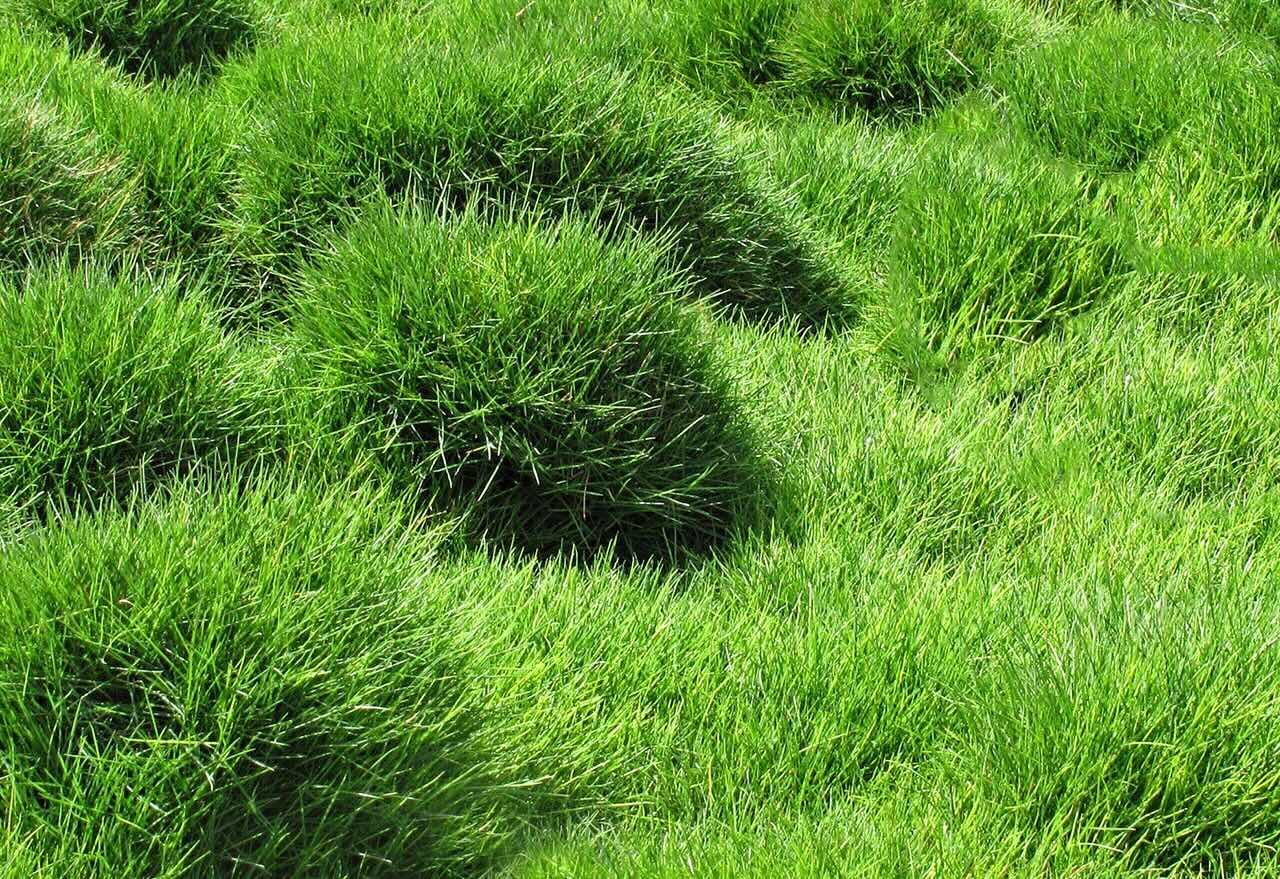
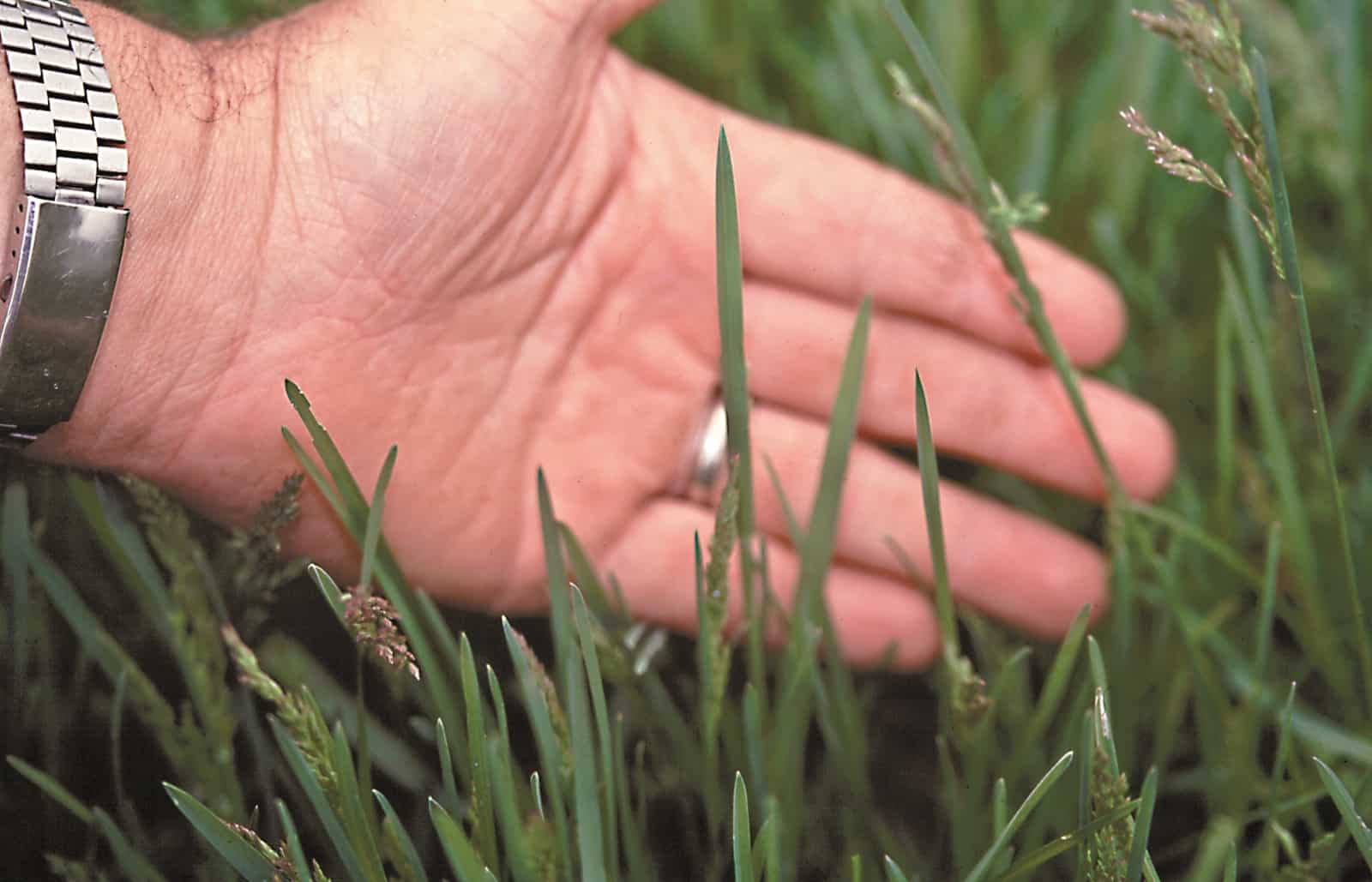
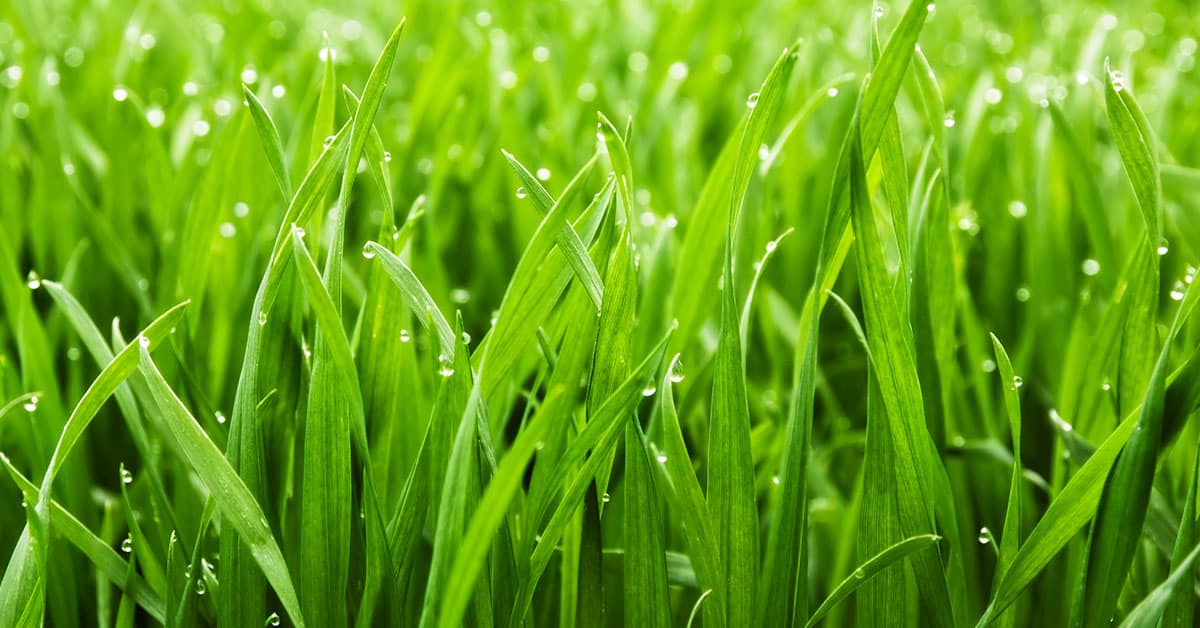
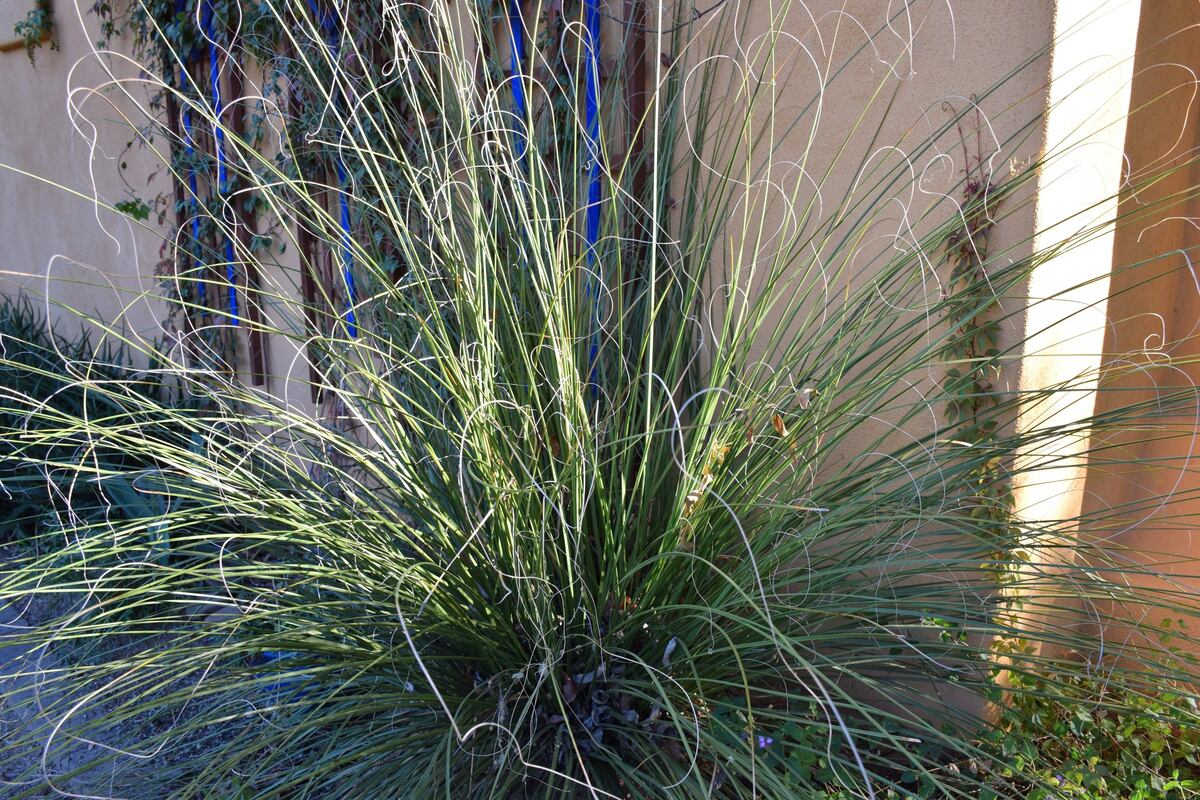
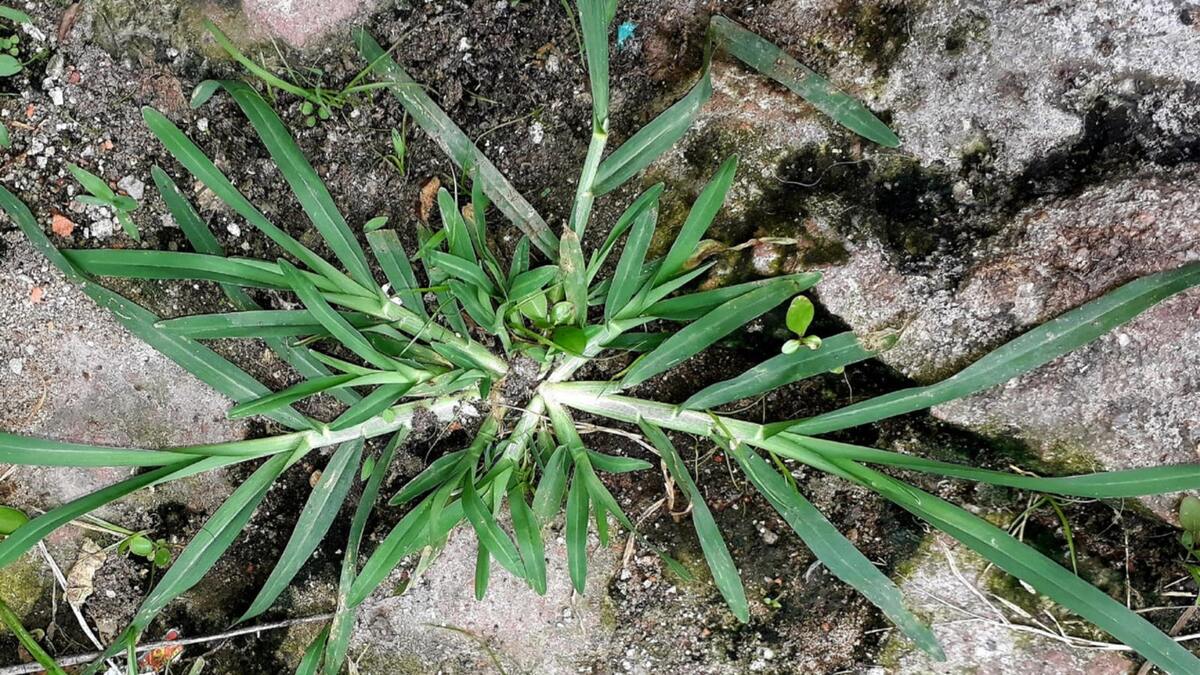
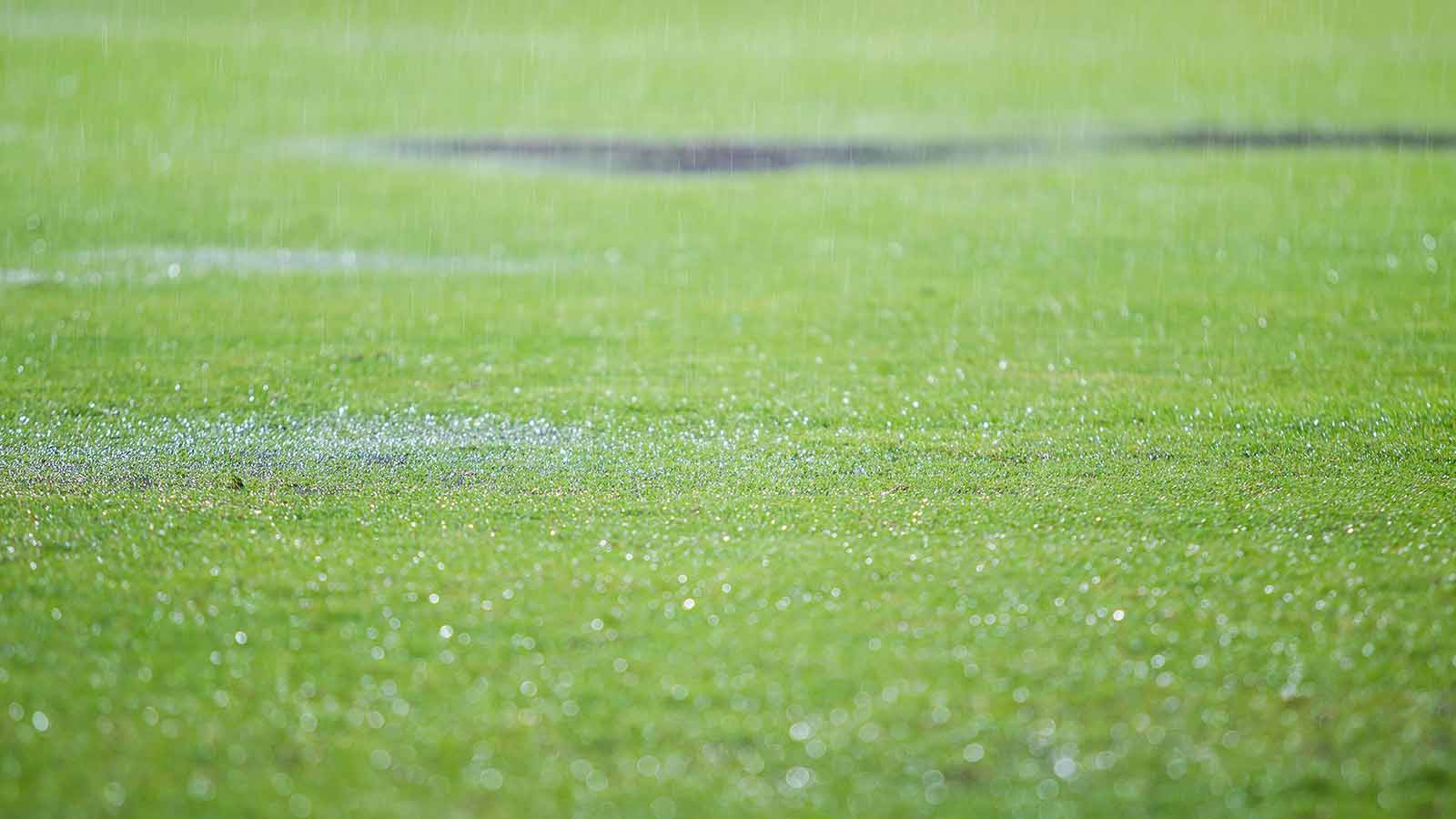
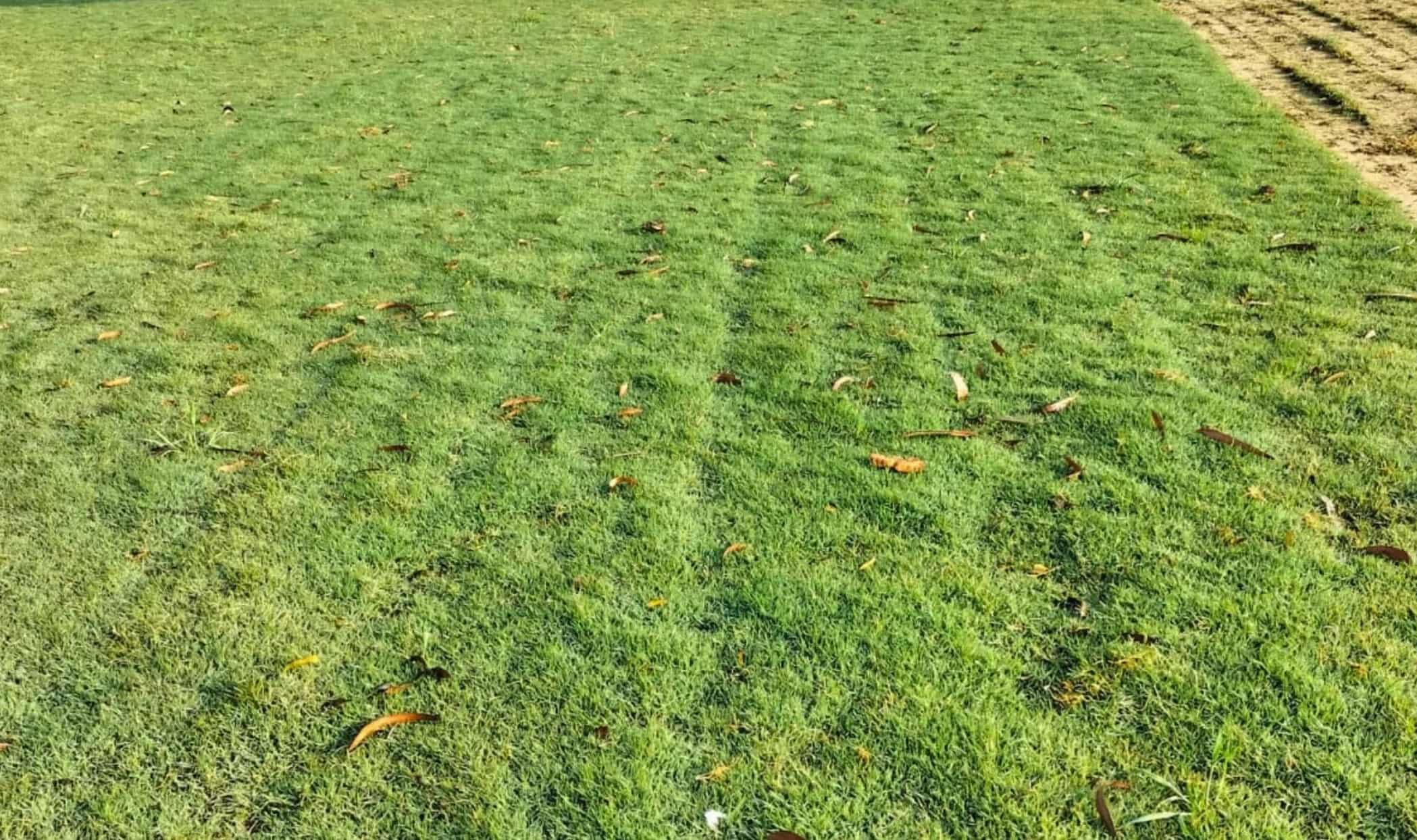
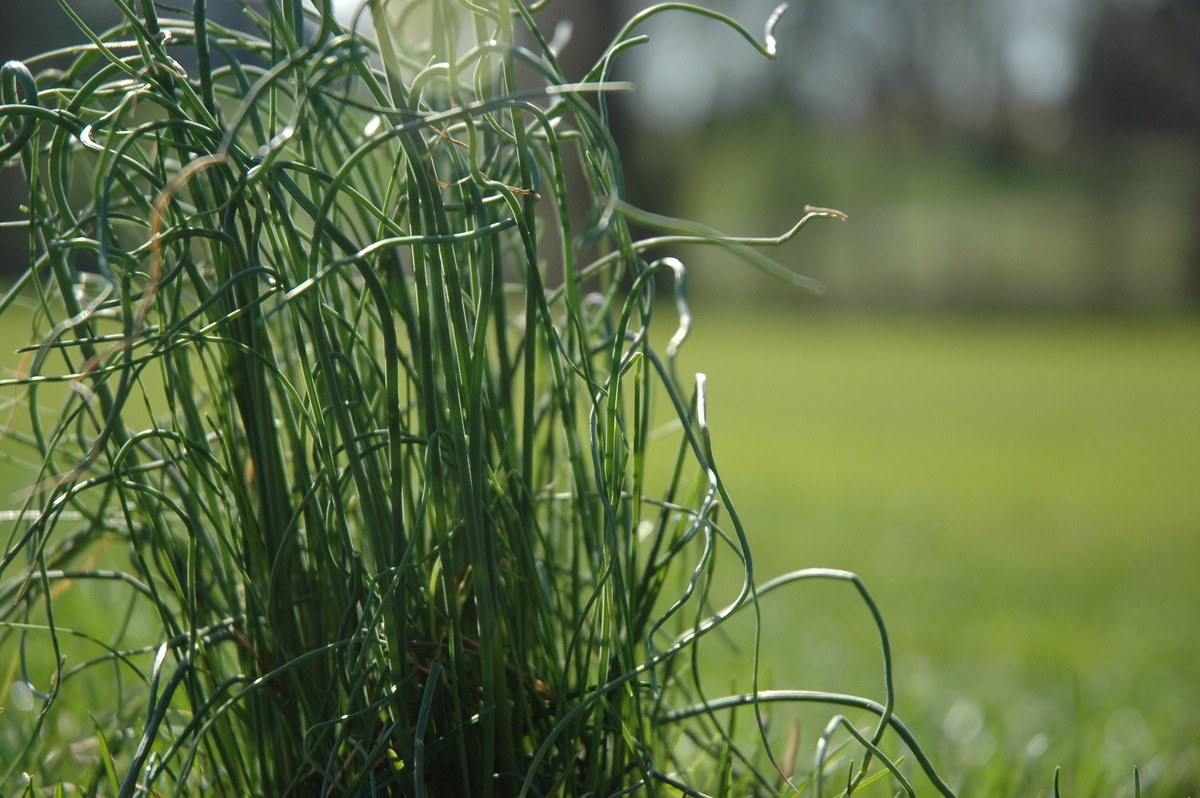
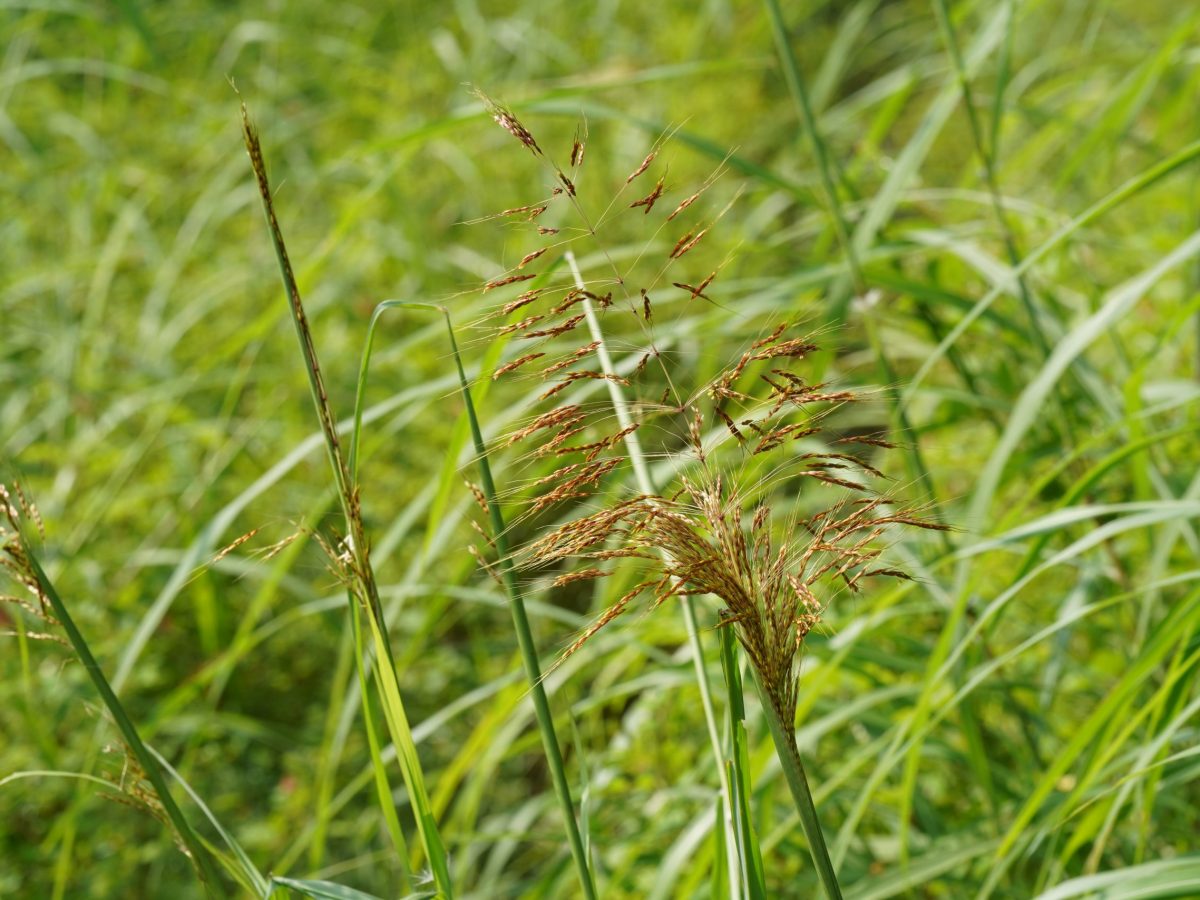
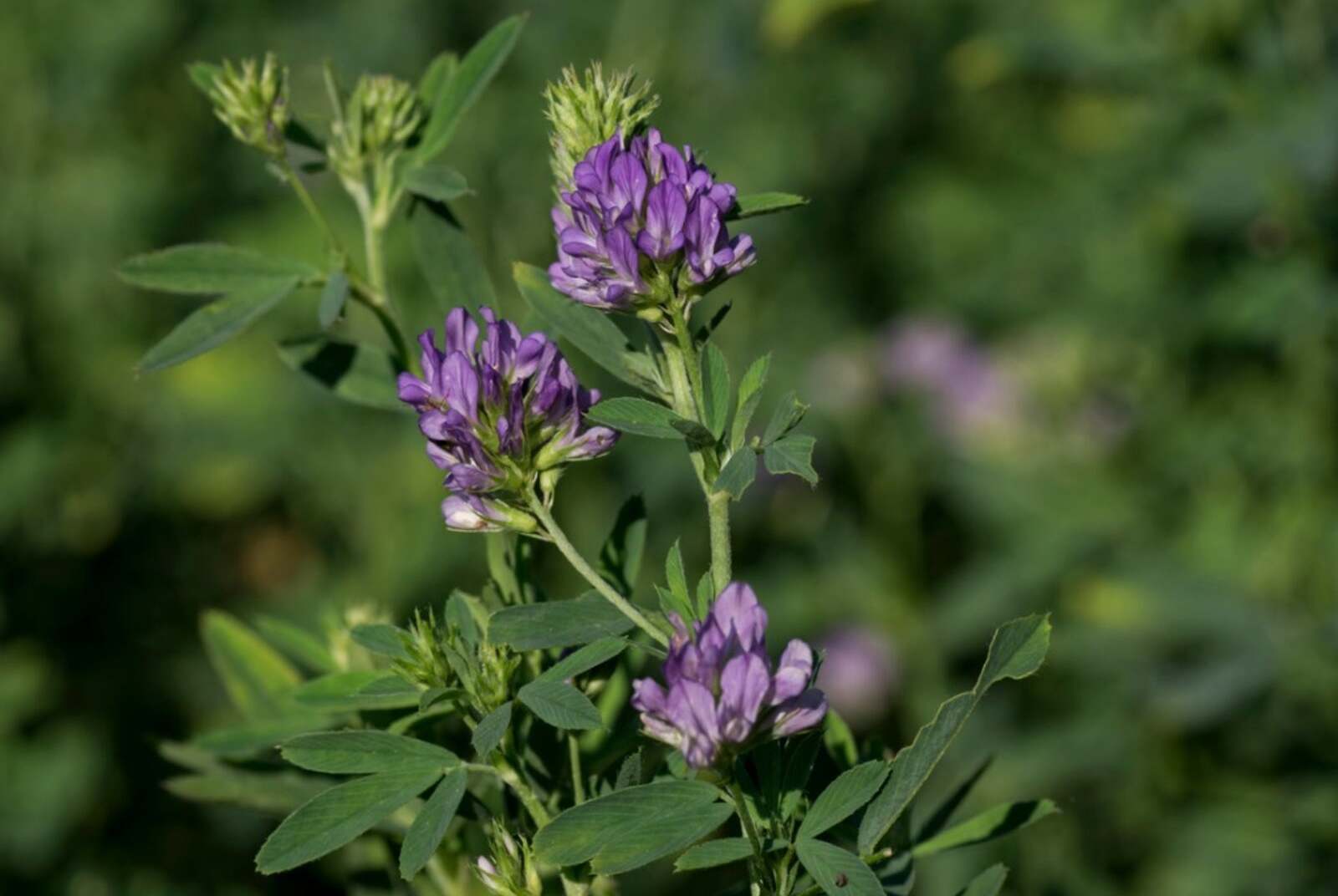
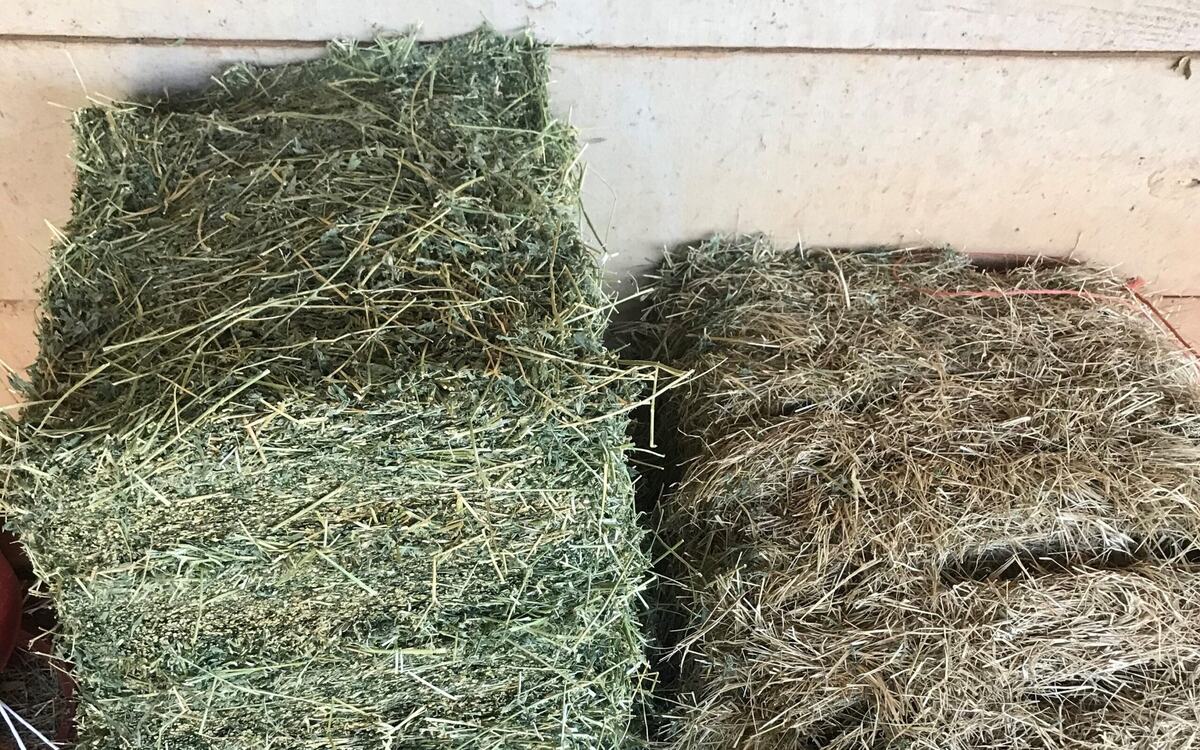
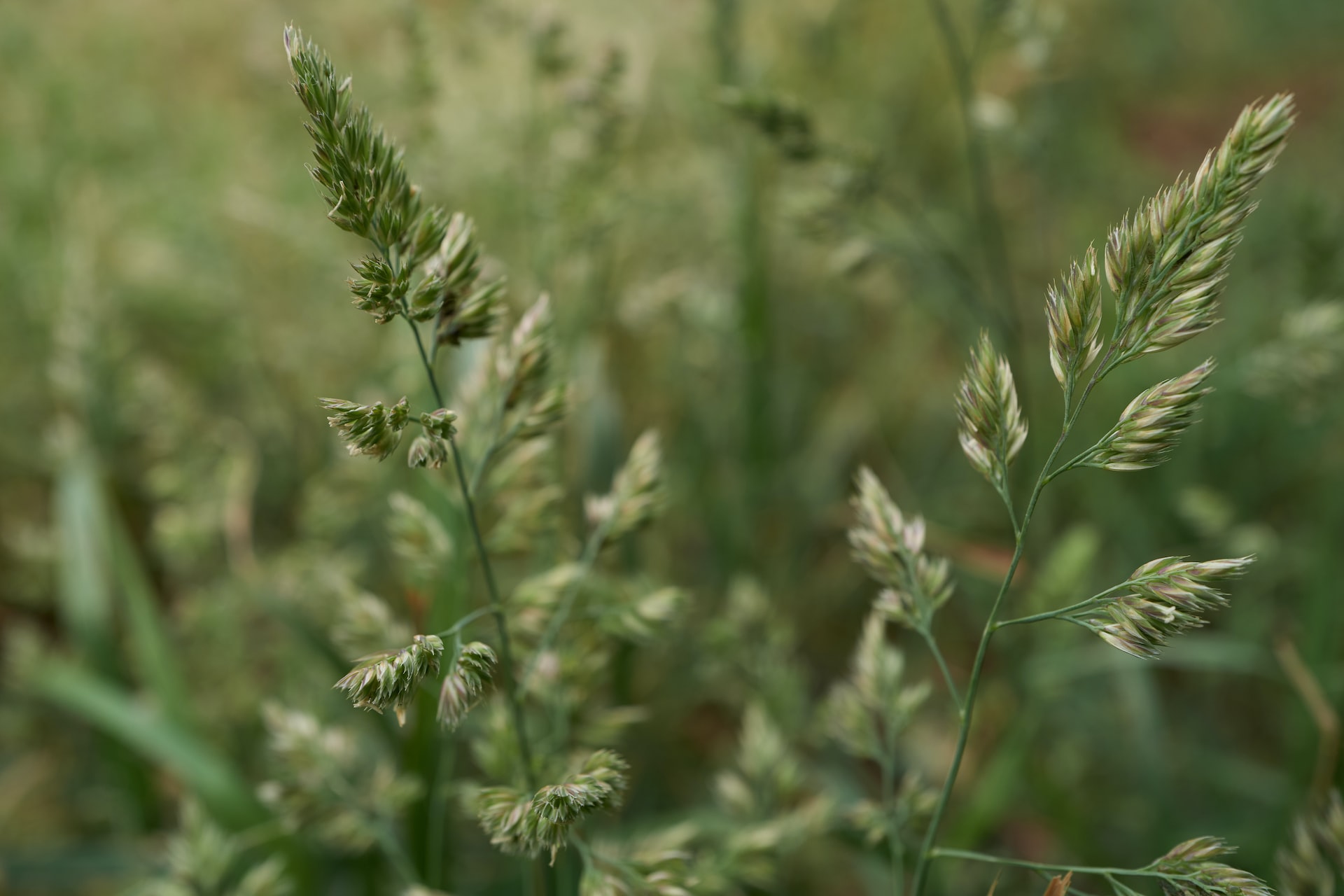
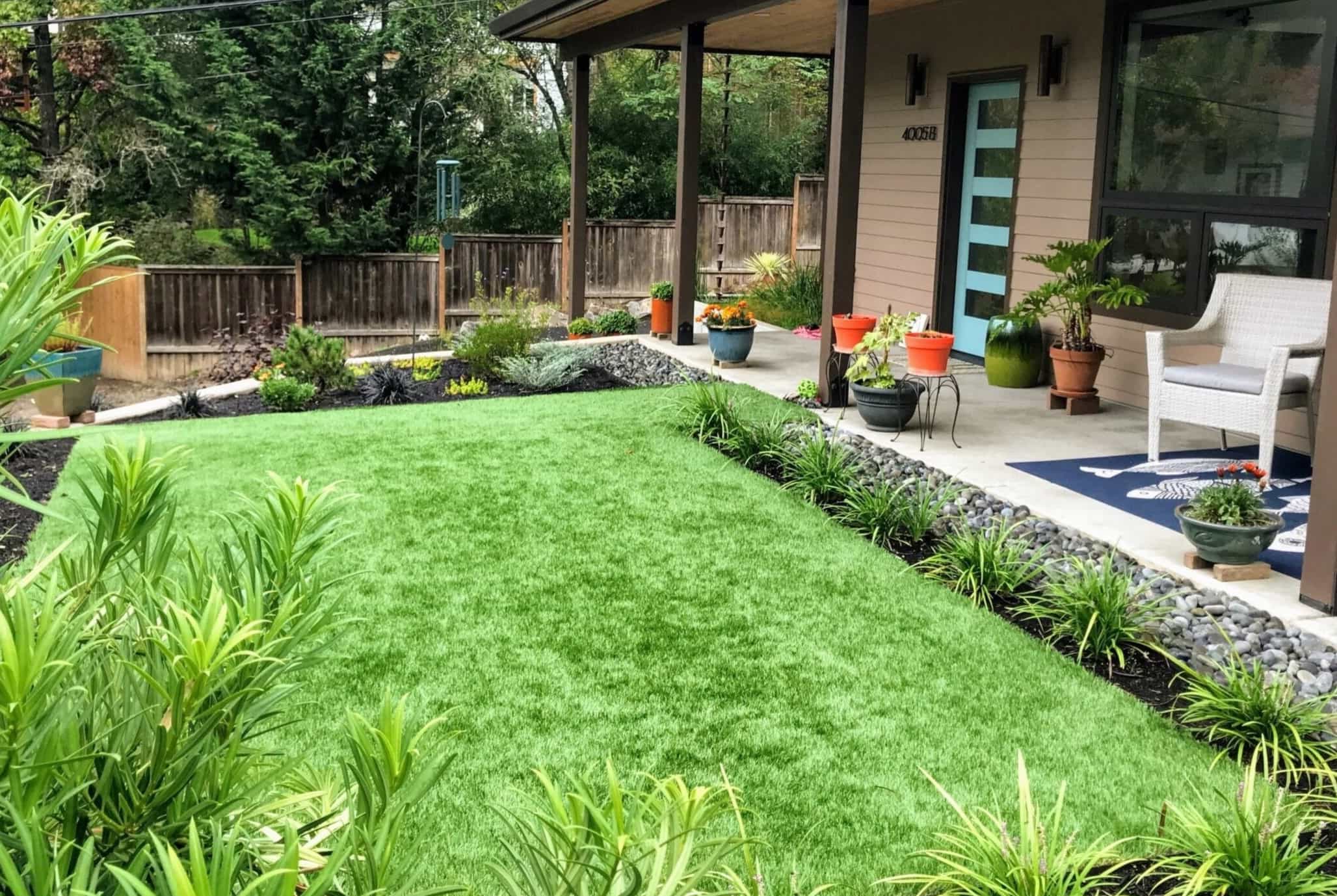

0 thoughts on “What Does Sea Grass Look Like”